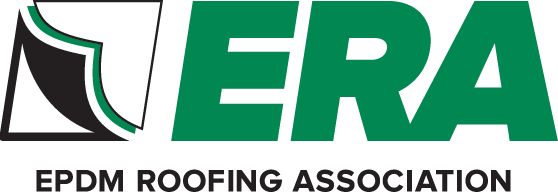The Resilient Roof
Attributes of a Resilient Roof
The term “resilience” refers to the ability to adapt to changing conditions and withstand and rapidly recover from disruption due to emergencies.
These emergencies may include catastrophic natural disasters, such as hurricanes, earthquakes, sinkholes, fires, floods, tornadoes, hailstorms, and volcanic activity. They also refer to man-made events such as acts of terrorism, release of radioactive materials or other toxic waste, wildfires and hazardous material spills.
Two factors determine the resiliency of a roofing system: durable components and a robust design.
Durable components are characterized by:
- Outstanding weathering characteristics in all climates (UV resistance, and the ability to withstand extreme heat and cold)
- Ease of maintenance and repair
- Excellent impact resistance
- Ability to withstand moderate movement cycles without fatigue
- Good fire resistance (low combustibility) and basic chemical resistance
A robust design that will enhance the resiliency of a roofing system should incorporate:
- Redundancy in the form of a back up system and/or waterproofing layer
- The ability to resist extreme weather events, climate change or change in building use
- Excellent wind uplift resistance, but most importantly multiple cycling to the limits of its adhesion
- Easily repaired with common tools and readily accessible materials

